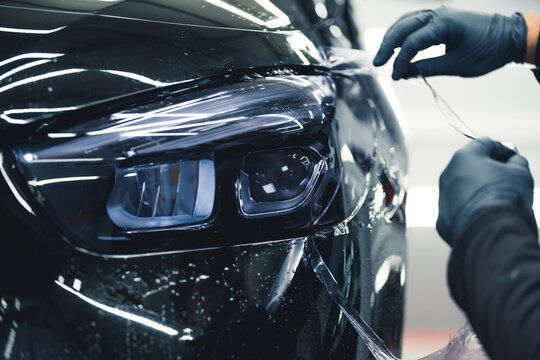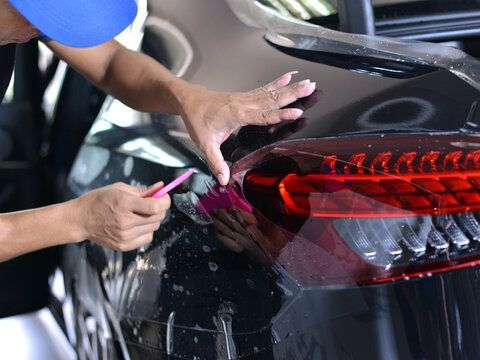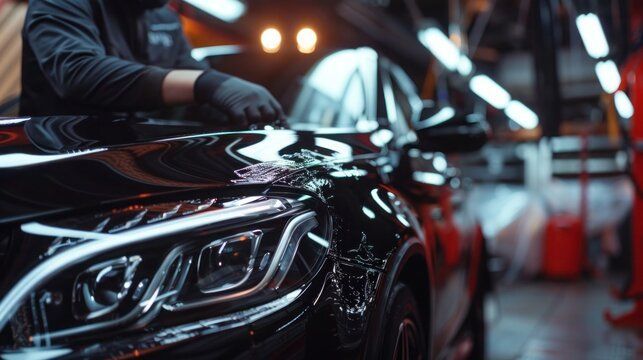Your vehicle’s headlights and taillights play a crucial role in safety and aesthetics. While they are essential for visibility on the road, adding tint can enhance both the look and protection of your lights. Understanding the benefits and proper application of headlight and taillight tinting is key to achieving the best results.
Headlight and taillight tinting involves applying a specialized film over your vehicle’s lights to reduce glare, protect against UV damage, and add a sleek, customized appearance. Quality tinting can help prevent fading, cracking, and scratches while maintaining optimal light output for safe driving.
Common issues that affect headlights and taillights include oxidation, clouding, and damage from road debris. Over time, exposure to sunlight, dirt, and harsh weather can degrade the plastic lenses, reducing brightness and visibility. Tinting helps extend the lifespan of your lights by adding a protective barrier against these elements.
Proper tint application requires high-quality materials and precise installation. Factors such as tint shade, film durability, and legal regulations must be considered to ensure compliance and safety. A professional tinting service can help select the right film, apply it smoothly without bubbles or creases, and ensure the tint does not compromise light output.
Professional headlight and taillight tinting not only enhances your car’s style but also provides long-term protection. Regular maintenance, such as cleaning with non-abrasive products, ensures your tint remains in top condition.
Headlight and taillight tinting is a smart investment for vehicle owners looking to improve aesthetics and durability. By choosing professional installation and high-quality materials, you can achieve a stylish, protective upgrade that enhances both safety and appearance. For expert tinting services, consult a trusted professional to get the best results.



